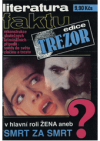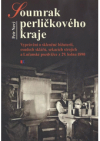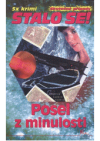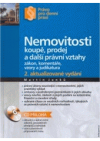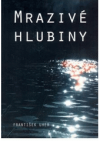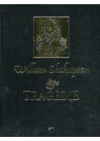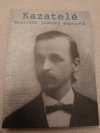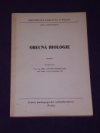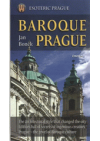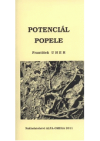Esoteric Prague. The Prague cathedral of Matthias of Arras and Peter Parler
Jan Boněk ; [translation Zuzana Jurgens]
| nakladatel | Eminent |
|---|---|
| rok vydání | 2010 |
| jazyk | anglicky |
| místo | Praha |
| stran | 225 |
| rozměry | 22 cm |
| poznámka | il. (převážně barev.), portréty, plány, faksim. |
| ISBN | 978-80-7281-408-4 (váz.) |
Emperor and King Charles IV had many monumental edifices built, but paid special attention to the Cathedral of St. Vitus at the Prague Castle. He wanted it to be a Gothic masterpiece - a stone epitome of faith, the symbol of royal majesty, the see of the archbishop, the cult center of the land patrons, the place of royal crowning and the royal as well as national necropolis. No other church in Europe plays so many roles of great importance. The project of Matthias of Arras, the first architect of the cathedral, was literally one of the architectural wonders of that time. Commissioned to build a Gothic house of prayer in Prague modeled after cathedrals in Southern France, he inconspicuously modified the assignment according to his own ideas and local traditions. The approach of his successor Peter Parler was so distinctive, ingenious and yet architecturally risky that he fell afoul of backthen recognized rules. Looking at the cathedral, originally consecrated to the unknown Sicilian martyr Vitus and built in the heart of our capital city, from afar, up close and from inside, people are in awe of its impressive grandness even now in the 21st century. The Prague cathedral is not the oldest, largest or highest cathedral in Europe, but is unparalleled with its breathtaking balance. It is 124m long, 60m wide and over 33m high. The Southern Spire, which is almost 100m high, has become the landmark of the capital city. Over 8,000 people can hear the word of God inside this sacred place all at once.
Prodám tuto knihu
Tuto knihu nikdo nenabízí
Nabízení knih k prodeji je dostupné pouze registrovaným uživatelům s ověřeným číslem mobilního telefonu. Zaregistrovat
Sháním tuto knihu
Tuto knihu zatím nikdo neshání
Sháním tuto knihu
Jakmile knihu někdo nabídne, dáme vám vědět.
Komentáře
Tuto knihu zatím nikdo nekomentoval.
Pro přidávání komentářů se prosím přihlašte.










